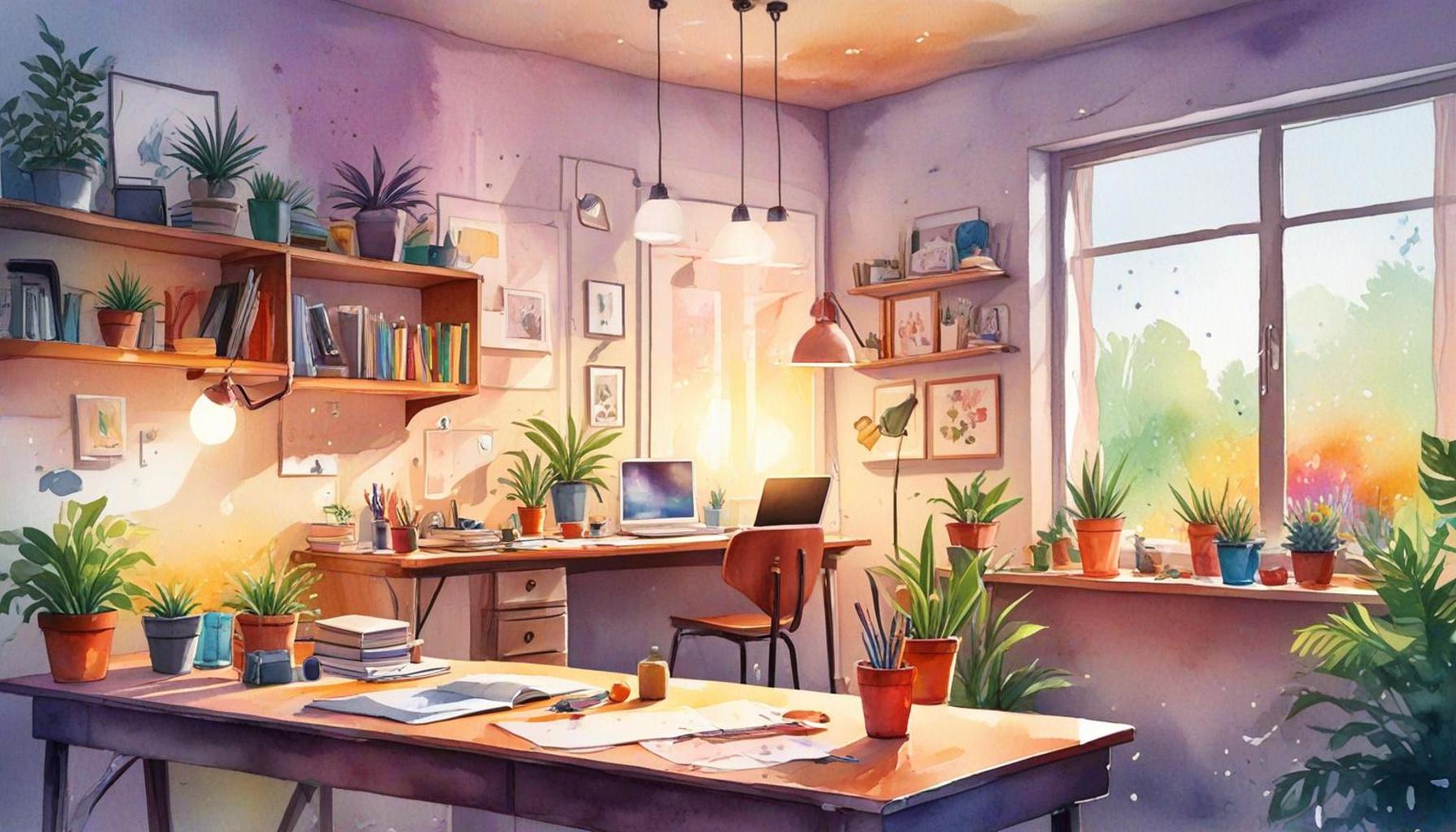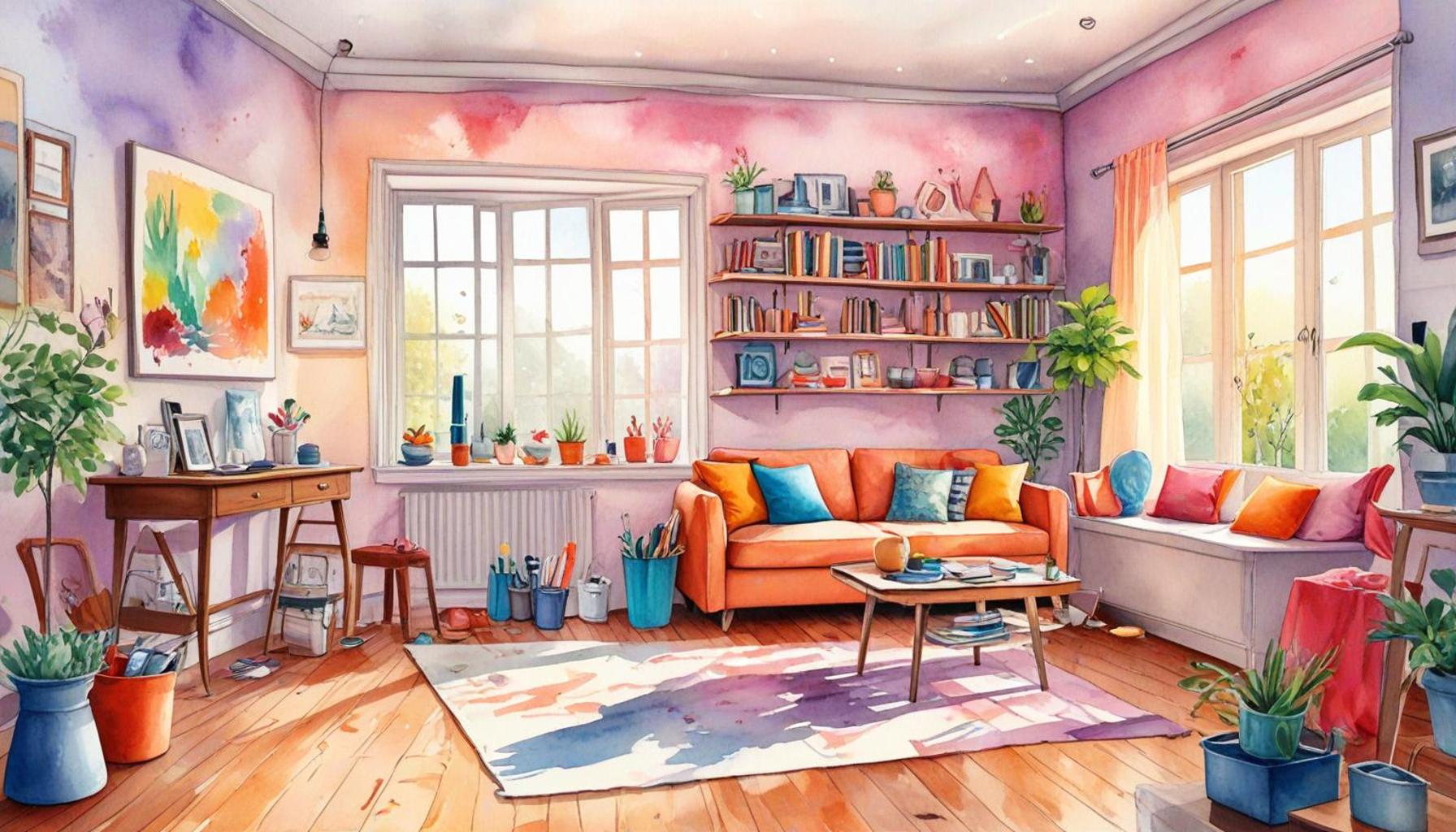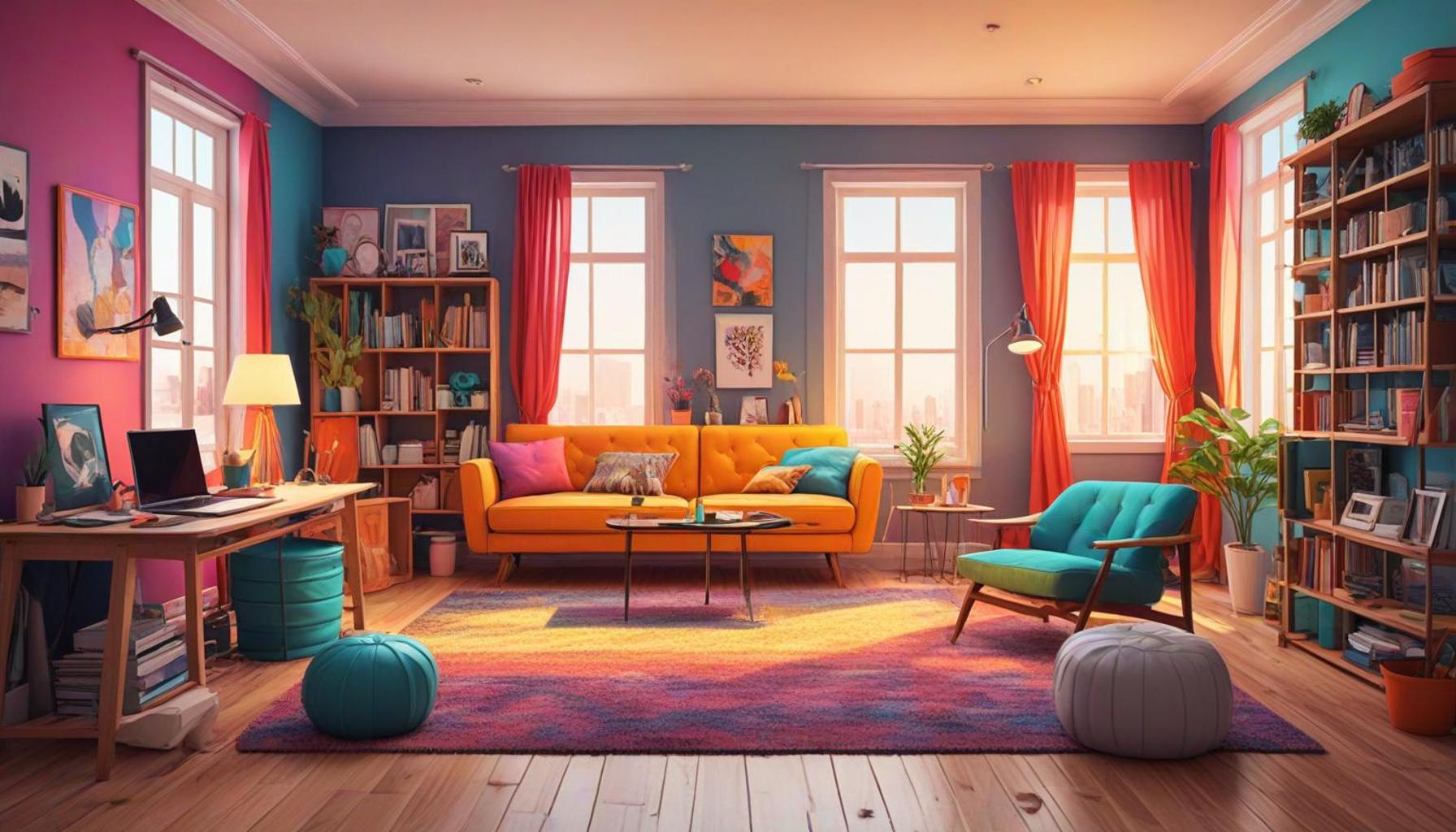How to Create a Clutter-Free Space: Practical Tips for Beginners
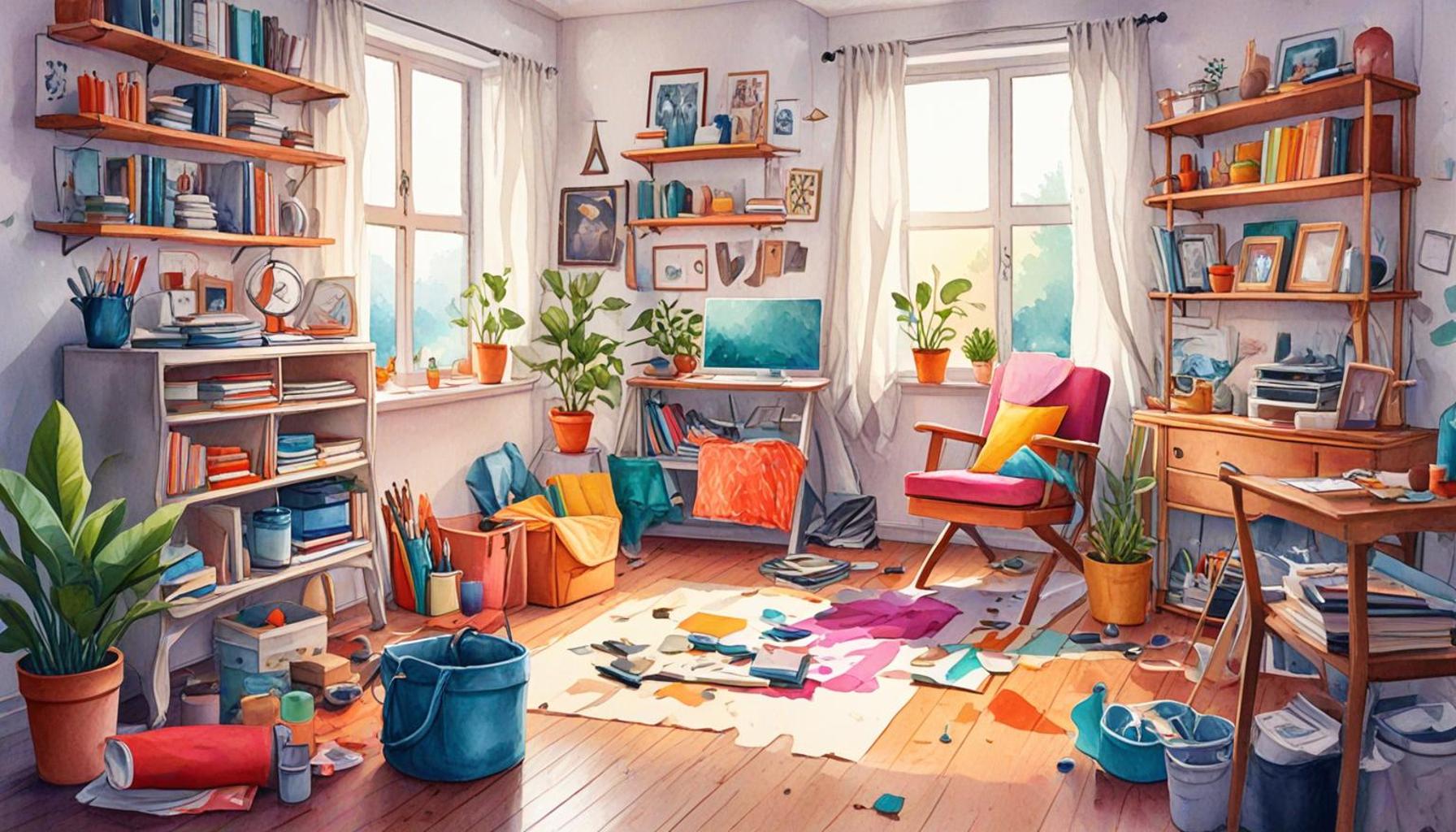
The Importance of Decluttering
Creating a clutter-free space significantly improves not just your environment but also your overall mental health and productivity. Studies indicate that a clean and organized space can lead to lower levels of stress, greater focus, and increased creativity. Despite these benefits, many individuals encounter difficulty when trying to initiate the decluttering process. The thought of tackling an entire house can feel overwhelming, which is why starting small is essential.
Understanding the Benefits
Before embarking on the decluttering journey, it is helpful to recognize the advantages you will gain:
- Reduced Stress: A cluttered space can often mirror a cluttered mind. Decluttering not only reduces visual distractions but provides a sense of accomplishment and control, which can significantly diminish anxiety levels. Cultivating a serene atmosphere can facilitate feelings of peace, allowing your mind to relax.
- Increased Focus: A clean workspace is key to enhancing concentration. When your surroundings are free from chaos, it becomes easier to tackle tasks without the distraction of unnecessary items vying for your attention. Research suggests that environments with fewer distractions promote higher levels of engagement and performance.
- Enhanced Creativity: An organized area fosters an environment where your creativity can thrive. Without the burden of excess items, new ideas can emerge more fluidly. This is particularly crucial for those involved in creative professions where brainstorming and innovation are vital.
Strategies for Effective Decluttering
While the goal of decluttering may seem simple, understanding how to approach it can make a significant difference. Here are a few easy strategies to help:
- One Room at a Time: Focus on decluttering one room or even one small area like a drawer at a time. This approach can prevent feelings of overwhelm that often lead to procrastination.
- Set Time Limits: Allocating specific time blocks for decluttering can foster productivity while avoiding burnout. Consider setting a timer for 15-30 minutes each day. You might be surprised at how much progress you can make in such a short period.
- Sort and Organize: Develop a sorting system for your items by creating categories such as ‘keep,’ ‘donate,’ or ‘discard.’ This method promotes clarity and efficiency, making it easier to decide on the fate of your belongings.
As you embark on your decluttering journey, remember that maintaining order is just as significant as the initial cleanup. The tips provided will equip you with effective strategies to establish and sustain your newly organized space, ultimately enhancing your quality of life. By embracing these actionable insights, you empower yourself to cultivate an environment that promotes well-being and productivity, setting the stage for a more fulfilling life.
DISCOVER MORE: Click here to unlock the psychological benefits of a clutter-free space
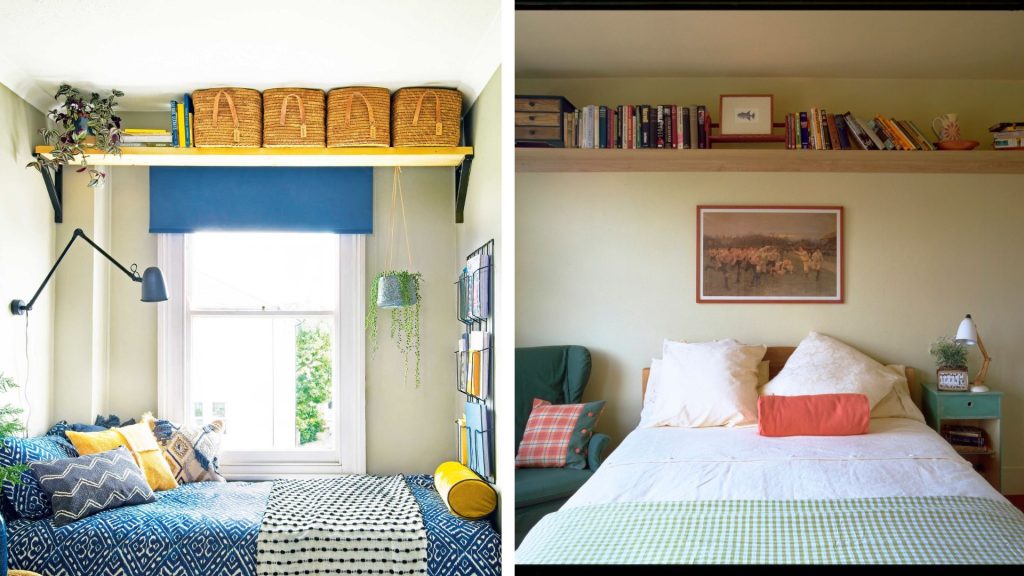
Creating a Decluttering Mindset
Before diving into the physical aspects of decluttering, it is essential to establish the right mindset. Embracing a clutter-free philosophy requires more than just a temporary clean-up; it’s about cultivating new habits that prioritize simplicity and intentionality in your living space. Begin by reflecting on what a clutter-free environment means to you personally. For instance, for some individuals, it may represent a serene oasis in the chaos of daily life, providing a space that promotes relaxation and creativity. Others may visualize a tidy space that allows them to find things quickly, thus saving time and reducing frustration. As you embark on this journey, visualize how this newfound space could enhance your daily life—allowing for more time, comfort, and peace of mind.
Establish Clear Goals
To effectively transform your space, start by setting clear, achievable goals for your decluttering journey. Consider the following tactics:
- Define Your Vision: Take a moment to write down what you aspire for your space to look like post-declutter. This could include a more open floor plan in your living room or easily accessible storage in your kitchen. Picture your ideal environment and the emotions it evokes, whether it’s joy, tranquility, or a sense of accomplishment.
- List Specific Areas: Identify rooms or areas that need the most attention. Whether it’s a cluttered closet filled with clothes you haven’t worn in years or an overcrowded garage packed with forgotten items, establishing a defined target helps create a focused plan. A strategic approach will prevent feelings of overwhelm and keep you motivated.
- Consider the Why: Understanding your motivations behind decluttering can provide strong encouragement. Whether it’s to create a calm environment for your family, to rediscover lost items, or to prepare for life changes like moving or starting a family, focusing on these reasons can fuel your commitment. Write down these motivations and refer back to them whenever your enthusiasm wanes.
Utilize the Four-Box Method
One effective strategy to implement during your decluttering process is the four-box method. This involves gathering four boxes and labeling them as follows:
- Keep: Items you regularly use and value should be placed in this box. This box is crucial for ensuring that you retain only what truly matters to you, thus fostering a sense of ownership and contentment.
- Donate: Items that are in good condition but no longer serve you can make a positive impact when given to those in need. Consider local charities, shelters, or organizations in your area that accept donations. This not only helps others but can create a fulfilling sense of purpose.
- Throw Away: Any broken or damaged items that cannot be repaired belong in this box. It’s essential to dispose of them responsibly, adhering to local waste guidelines, especially for hazardous items like batteries or electronics.
- Maybe: This box is for items you’re uncertain about. Set it aside and revisit it after completing the initial declutter, as your perspective may shift once you gain clarity on what you truly want to keep.
This systematic approach not only helps streamline the decision-making process but also encourages a proactive attitude towards organization. By physically separating items into boxes, you can visualize what you genuinely value and ultimately make more informed choices about your possessions. This decluttering method can also serve as a reminder to be more intentional with future purchases, reinforcing the clutter-free mindset.
Remember, the key to successfully creating a clutter-free space lies in establishing a consistent practice of assessment and collection. Allow yourself to embrace the journey—progress may come in small steps, but each decision contributes to a more organized, peaceful environment tailored to your unique lifestyle. Whether you tackle one drawer at a time or a whole room in a day, every effort counts in your quest for a decluttered life.
How to Create a Clutter-Free Space: Practical Tips for Beginners
Creating a clutter-free space is essential for maintaining a peaceful and productive environment. Here are some effective strategies to help you embark on this journey.
1. Declutter Regularly
Establish a routine to declutter specific areas of your home each week. This can prevent accumulation over time, ensuring that your space remains tidy and organized.
2. Utilize Storage Solutions
Invest in effective storage solutions such as bins, shelves, and organizers. Using vertical storage can maximize space and make it easier to access what you need without adding to the clutter.
3. The One-Year Rule
If you haven’t used an item in over a year, consider letting it go. This mindful practice can help in recognizing what is truly necessary in your space.
4. Digital Clutter Management
Don’t forget about digital clutter. Regularly organize your digital files, delete unnecessary emails, and unsubscribe from mailing lists. Implementing a system for online documents can keep your digital space clear.
5. Create Designated Zones
Establish specific zones for different activities in your home. This not only helps in organizing your space but also makes it easier to maintain cleanliness and order.
| Category | Benefits |
|---|---|
| Decluttering | Reduces stress and increases productivity |
| Storage Solutions | Maximizes space and enhances accessibility |
| Digital Organization | Creates a more efficient digital workspace |
| Designated Zones | Helps maintain order and efficiency |
By following these practical tips and methods, you can cultivate a clutter-free environment that not only looks appealing but also promotes clarity and effectiveness in your daily life.
DISCOVER MORE: Click here to enhance your productivity
Implementing Effective Strategies for Decluttering
While developing the right mindset is crucial, the actual implementation of decluttering strategies can significantly impact the success of your journey. With the right techniques in place, even the most chaotic spaces can be transformed into organized havens. Below are practical approaches that can help you streamline your living environment and maintain lasting order.
Adopt the One In, One Out Rule
One essential strategy for maintaining a clutter-free space is the one in, one out rule. The principle is simple: for every new item you bring into your home, you must remove an existing one. This may seem minimalistic, but it can dramatically prevent accumulation over time. Imagine purchasing a new shirt for your wardrobe; commit to donating or disposing of an old one. This simple practice can help you cultivate a conscious approach to consumption, encouraging you to think critically about what you truly need. Furthermore, as you reflect on the need for each purchase—whether it’s furniture, clothing, or gadgets—you contribute to a more sustainable lifestyle.
Zone and Label Your Spaces
Creating designated areas for different activities can enhance organization within your home or workspace. By implementing a zoning strategy, you can delineate specific spots for various functions, such as work, leisure, or storage. For instance, set up a dedicated desk for work-related activities, ensuring that paperwork and supplies don’t clutter common areas. Utilize storage bins or boxes that are clearly labeled, indicating what belongs where. This not only simplifies retrieval but also reinforces the discipline of returning items to their designated places.
Practice the 12-12-12 Challenge
For a more dynamic decluttering experience, consider trying the 12-12-12 challenge. This engaging method involves finding twelve items to discard, twelve to donate, and twelve to organize within a designated time frame—typically a single session. This fun and efficient exercise encourages you to think creatively about your belongings, often allowing you to make quick decisions about items that may have been previously overlooked. Whether you turn this challenge into a family activity or a solo mission, it serves as both a productive and motivational way to tackle clutter.
Digital Detox: Decluttering Your Virtual Space
In an age heavily influenced by technology, addressing digital clutter is as vital as managing physical items. Begin by evaluating your digital spaces—computers, smartphones, and even social media accounts. Set aside time to delete unused apps, organize files into well-labeled folders, and unsubscribe from unnecessary newsletters that clutter your inbox. Consider limiting the number of digital devices to maintain focus and reduce distractions. A clutter-free digital environment not only enhances productivity but also contributes to overall mental clarity.
Furthermore, be mindful of your digital footprint and its impact on your living space. For example, as you downsize your physical books, consider investing in e-books or audiobooks instead, which require minimal storage space while still indulging your love for literature. Transitioning to a digital format can create more room for the things you cherish while embracing an organized approach.
Ultimately, creating a clutter-free space is an ongoing journey. By incorporating these techniques and being intentional about your possessions, you develop a lifestyle that promotes harmony and simplicity. As you embark on this path, remember that the aim is not only to organize but also to foster a sense of peace in your daily life.
DISCOVER MORE: Click here to learn how technology can boost your personal organization
Conclusion: Embracing a Clutter-Free Lifestyle
In conclusion, the journey toward a clutter-free space is not merely a one-time effort but a commitment to cultivating lasting habits that promote organization and peace of mind. Whether you implement the one in, one out rule, strategize your spaces with zoning and labeling, or engage in the 12-12-12 challenge, these practical tips provide a solid foundation for beginners eager to reclaim their living environments.
As you explore the strategies outlined, consider the importance of sustainability in managing both physical and digital clutter. Emphasizing a mindful approach to consumption can enhance not only your surroundings but also your well-being by fostering clarity and focus. The practice of digital detox, whether that involves organizing files or reducing screen distractions, serves as an integral part of modern decluttering.
Remember that creating a clutter-free space is an evolving process. It requires regular reflection and intentional decision-making about what genuinely enriches your life. Engaging with this practice can lead to profound benefits—augmenting your productivity, reducing stress, and helping you to appreciate the simpler joys in life.
Diving into the realm of decluttering can free up not just your space but also your mind, enabling you to embrace a more organized and peaceful lifestyle. As you embark on this exciting journey, keep in mind that every small step contributes to a more harmonious home. So start today—tidy up, let go of the unnecessary, and enjoy all the benefits that come with living clutter-free.

